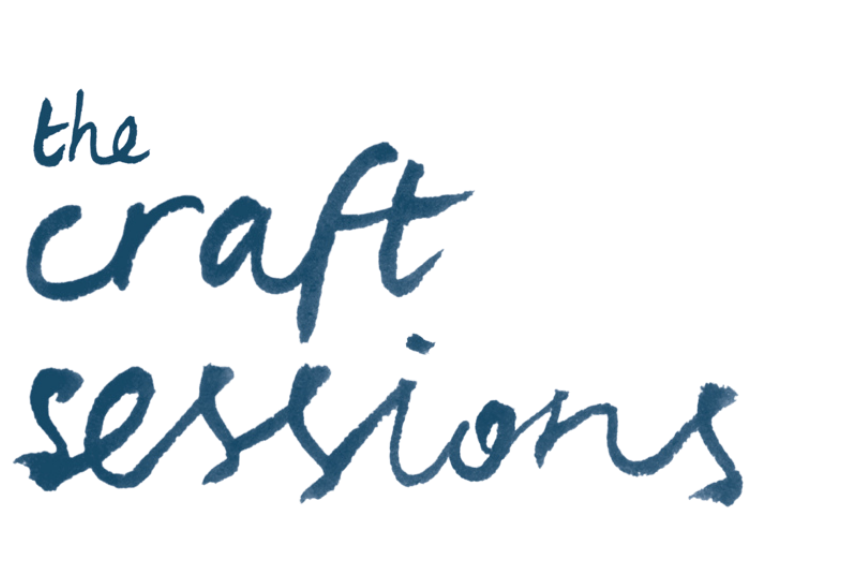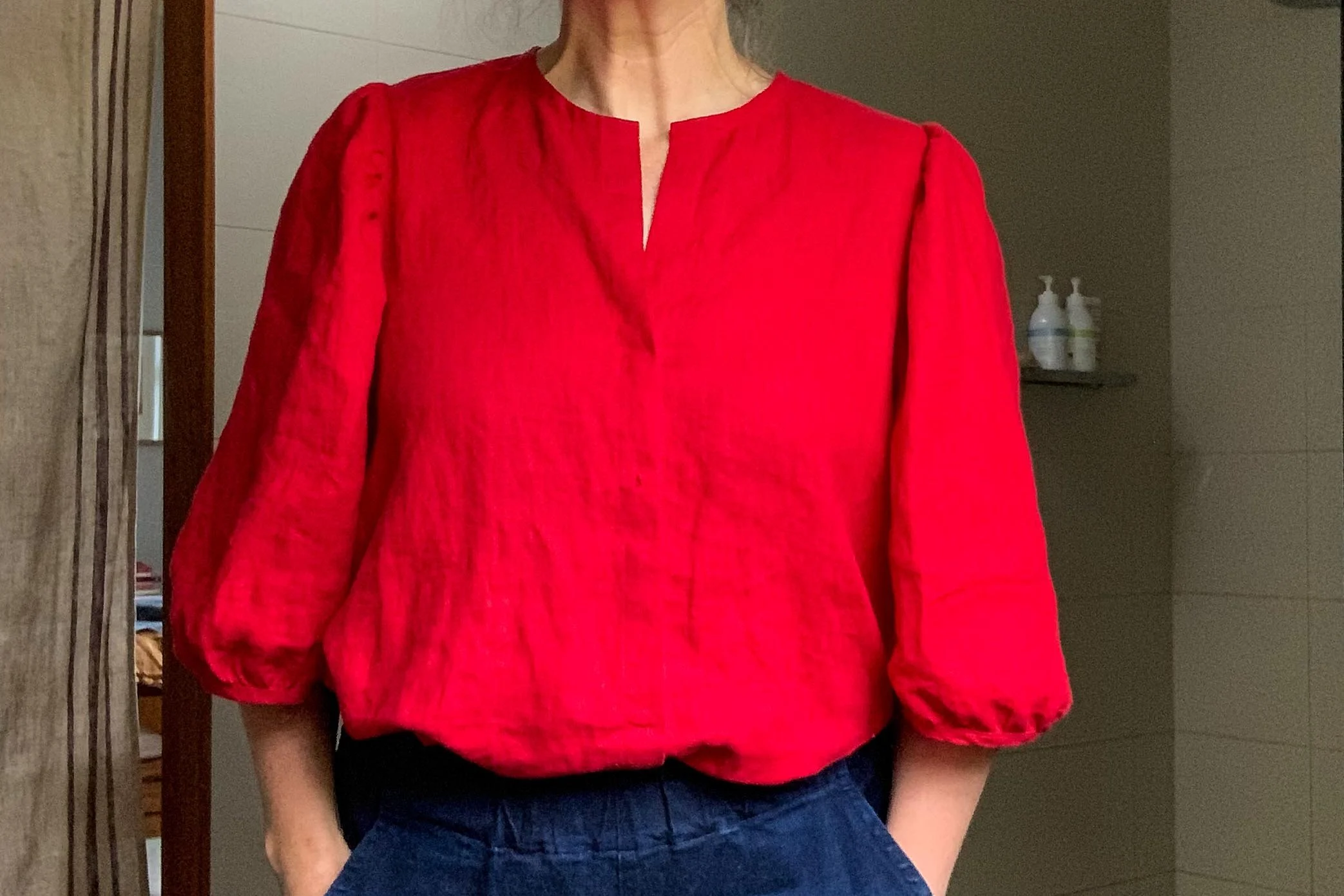So this week I made something that turned out to be (subjectively) pretty ugly. Obviously that wasn’t my intention. I was looking to create something gorgeous to honour my friend’s fresh baby human.
And yet, in spite of my intention, my years of practice, my knowledge of what works and what doesn’t, (subjectively) ugly was the outcome. The colours just didn’t work together.
I was trying to make it with scraps due to my ongoing efforts to use less materials ie Stash Less. The problem is that after a few years of making my scraps are running low on the ground. Especially in the sport/dk kind of scrap range that works well together. So I’m starting to use both some more precious things - like the yarn involved in this post - and some kinda not-easily-combined things - like the scraps involved in this post.
And so because there was a lot of colours and a lot of tonal variation I was trying to get a little “creative” while knowing it might not work.
In the photo below you can see the gorgeous mini-skeins dyed by my friend Kate - beautiful yarn that is really special to me and gorgeous colours. But I sludged them up by adding scraps of mohair silk. And it just turned it all to mud.
Now the thing about this kind of making is that it is a process where we are actively trying to engage with the unknown and that requires experimentation. Experiment according to the dictionary is “testing an idea”. Which means that we don’t know if it will, or will not, work out.
The process of testing means that we inevitably face situations whereby we won’t like the outcome. It’s a process where we end up making mistakes, and sometimes like in this case, we end up with a failure on our hands.
I’ve written about mistakes many times and I’ve made a few videos on making mistakes less meaningful, or some other ideas about how to frame the concept, but my thinking is developing. Because here’s the thing; these words, so-called “failures” and “mistakes”, and this framing of what is going on, are not useful.
The words “failure” and “mistake” are used in a way that is laded with cultural judgments. We have a cultural story that dropping a stitch or using the wrong seam allowance is a “mistakes”. Or that if we have a project that qualifies as a fail it’s because we aren’t yet masters of our craft. If we were any “good” at making we wouldn’t be making mistakes now would we?
What have story about making that just isn’t true. A story where making looks like two instagram posts. 1. The materials and 2. The (beautiful) (staged) finished object. And so in order to make a thing, we have to navigate those judgments, even if we don’t believe them.
Many years back I went on a writing course called Gunnas with Catherine Deveney. She gave us an analogy that I’ve found myself thinking about ever since. She said that when we are driving from A to B, we know and accept that there will be traffic lights and turns, and sometimes accidents, and roadworks. We don’t expect we will get from A to B in a straight line - and therefore we are prepared and not too worried when hurdles pop up.
I rarely make something where my making looks like a straight line from A to B. I go backwards and forwards and sideways and backwards again all the time. I start things, that don’t work, like this little baby cardy in this post, and then I rip them out completely. They never make the light of an insta post as they didn’t get past the starting line. And so I am part of the problem - looking like my making is “successful” rather than “beautifully patchy”. Maybe patchy takes it too far but you know what I mean.
Given what I know making looks like for so many of us, wouldn’t a better cultural narrative be one in which we educated ourselves to understand that there is rarely a project without a bit of backwards. And that backwards isn’t a mistake or a fail. But rather is part of the process.
And couldn’t we stop using those words - “mistake” and “failure” - so that we are telling ourselves and others a truer story about what the process actual involves.
Of course, like many parts of our practice, this is a beautiful metaphor for every bit of life and learning. Going straight from A to B isn’t the norm, for me anyway. It’s the exception. So let’s normalise, not making “mistakes” and “failures” with all their baggage, but rather going backwards and sideways and round the obstacles to create objects that are somehow richer and more layered than they would be had we gone in a straight line.
Together, we have an opportunity to create a more generous making culture, one that makes us feel better within our making practice, by telling ourselves and those around us better stories about what the process looks likes within a life. It’s something we can all contribute to - and I hope you are interested in joining me. x
Felicia






